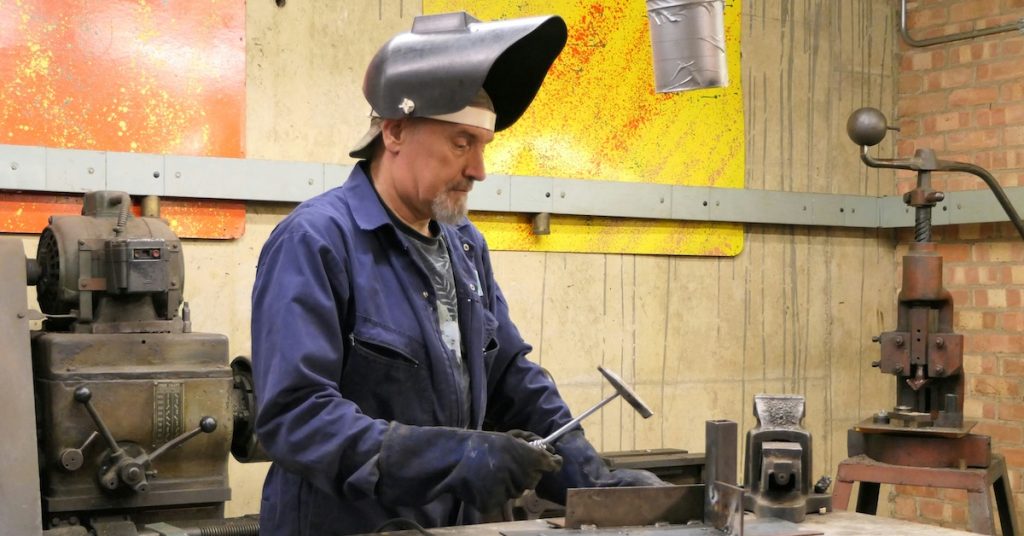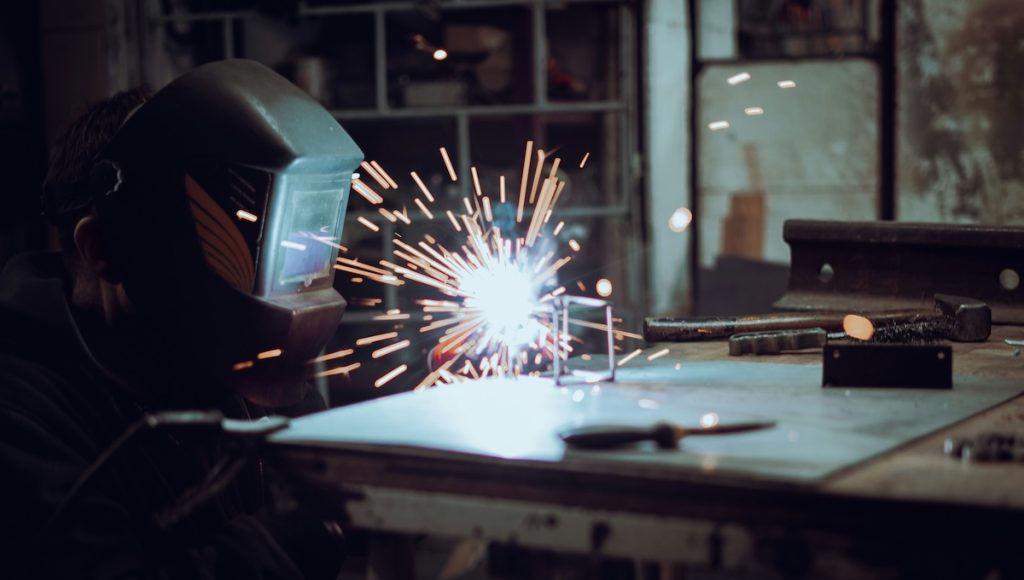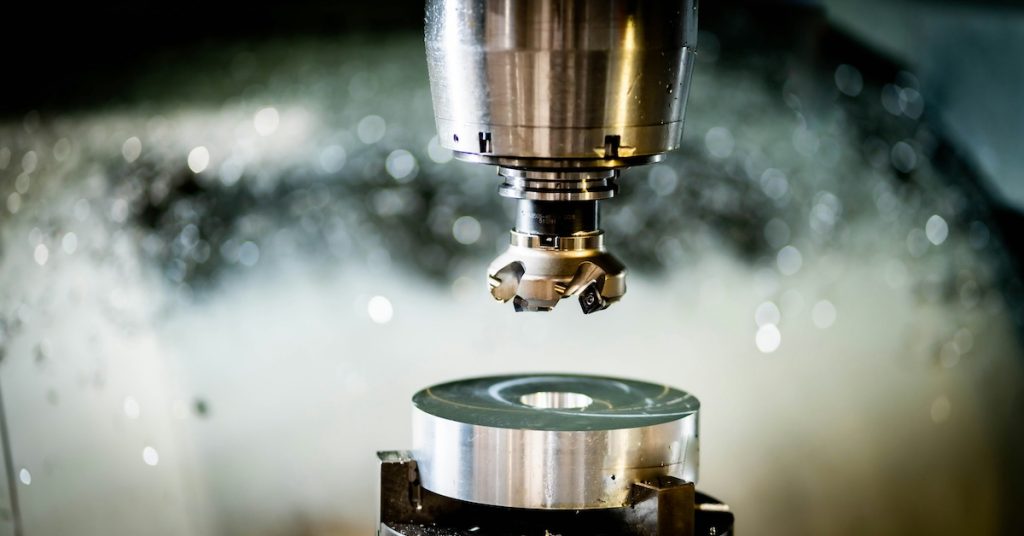Metal is the backbone of modern civilization. From towering skyscrapers and surgical instruments to aerospace components and everyday kitchen appliances, metal parts form the framework of our engineered world. But behind each bolt, beam, and bracket is a sophisticated and evolving process known as metal manufacturing—the science and art of transforming raw metal into high-performance, reliable, and often beautiful end products.
At its core, metal manufacturing involves a series of techniques and technologies that convert raw materials such as steel, aluminum, and copper into usable components. This could mean casting molten metal into complex molds, machining it with millimeter precision, cutting it into shape using a laser, or even printing it layer by layer through additive manufacturing. The possibilities are as vast as the industries it serves.
Historically, metalworking dates back thousands of years—bronze tools, iron weapons, and gold ornaments are proof of our enduring relationship with metal. However, today’s manufacturing landscape is radically different. Innovations in automation, computer-aided design (CAD), CNC machining, and eco-friendly production are reshaping how we think about fabrication. Manufacturers, including Eagle Metalcraft in NY, now demand not just speed and strength, but also precision, sustainability, and flexibility.
This guide examines the current state of metal manufacturing, from traditional processes like bending and welding to emerging technologies like metal additive manufacturing. We’ll look at the materials that dominate the market, the tools that power production, and the trends that are shaping its future.
What Is Metal Manufacturing?
Metal manufacturing is the industrial process of transforming raw or recycled metal into usable components or finished products. It spans a wide range of techniques and applications, each essential to the products we rely on daily.
The Scope Of Metal Manufacturing
The process includes everything from melting ores in blast furnaces to cutting, bending, assembling, and finishing parts using precision machinery. It is foundational to every sector that builds, transports, connects, or protects.
Industrial Importance
Without metal manufacturing, industries such as automotive, aerospace, energy, construction, and electronics would cease to function. It is a driver of economic growth and technological advancement.
Primary Metal Manufacturing Explained
Primary metal manufacturing is the first step in the metal production process, where raw ores are converted into basic metal products like ingots, slabs, or sheets.
Smelting And Refining
These processes extract pure metals from ore using intense heat and chemical treatments. The resulting metals form the building blocks for nearly all manufactured goods.
Examples Of Primary Metals
Common outputs include raw aluminum from bauxite, steel from iron ore, and copper from sulfide ore. These materials are then shaped or fabricated in secondary stages.
How Metal Additive Manufacturing Works
Also known as metal 3D printing, additive manufacturing is transforming how engineers prototype and build parts. Instead of cutting or forming metal, this method builds it up layer by layer.
3D Printing Process Overview
Additive manufacturing begins with a digital design file that instructs the machine to deposit metal powder or wire, which is melted and layered into the final shape using lasers or electron beams. Take a look at this video of Michael Bower talking about our 3D printing in our manufacturing facility in Syracuse, NY.
Materials Used In Additive Manufacturing
Popular choices include titanium, stainless steel, cobalt-chrome, and aluminum alloys. Each is selected for its strength, durability, and compatibility with the printing process.
Benefits Over Traditional Fabrication
Additive methods excel in creating lightweight, complex geometries with minimal waste. They’re ideal for aerospace, medical implants, and high-performance engineering projects.
Understanding Metal Fabrication
Fabrication is where raw metal meets design intent. This stage involves shaping metal into finished products through various processes such as cutting, bending, and joining.
Bending And Forming
Press brakes, rollers, and manual tools reshape sheets and tubes without cutting them. This technique is widely used in architectural metalwork and automotive parts.
Related: Need a forming quote? Take a look at our service.
Cutting Techniques
Cutting can be mechanical or thermal. Mechanical methods include shearing and sawing, while thermal processes involve laser, waterjet, or plasma cutting for higher precision.
Welding And Assembly
Welding fuses parts together to create strong, durable joints. MIG, TIG, and spot welding are commonly used depending on the application and materials.
Popular Metal Cutting Techniques
Cutting is one of the most important processes in any metal manufacturing workflow. Precision tools ensure clean edges and accurate dimensions for every part.
Laser Cutting
Laser cutting uses a high-powered beam to vaporize material with incredible precision. It’s ideal for intricate parts and is widely used in industries that require clean finishes.
Waterjet Cutting
Waterjet machines slice metal using high-pressure water mixed with abrasives. This cold-cutting process is suitable for heat-sensitive materials like aluminum or composite metals.
Plasma Cutting
Plasma cutting uses electrically charged gas to melt through metal. It’s fast and effective for cutting thick steel plates in industrial settings.
Comparing Traditional And Additive Manufacturing
Both traditional and additive methods offer unique advantages. Choosing the right one depends on the project scope, material, and design complexity.
Speed And Scalability
Traditional methods like machining and stamping are best for large runs. Additive manufacturing is slower but offers greater flexibility and faster prototyping.
Cost Considerations
Initial costs for traditional methods can be high due to tooling and setup. Additive reduces upfront investment but may not be cost-effective for mass production.
Strength And Accuracy
Machining produces parts with tighter tolerances and smoother finishes. However, additive methods are catching up fast with hybrid solutions and post-processing.
Types Of Metals Used In Manufacturing
Metal choice directly affects performance, weight, corrosion resistance, and cost. Selecting the right material is key to a successful outcome.
Aluminum
Lightweight and corrosion-resistant, aluminum has a great use in automotive, aerospace, and consumer electronics.
Steel
Steel is versatile and strong, used in everything from buildings to tools. It comes in many grades, including carbon, alloy, and stainless varieties.
Titanium
Known for its strength-to-weight ratio, titanium is crucial in aerospace and biomedical industries but is more costly than other options.
Copper And Brass
These conductive metals are used in electronics, HVAC, and decorative applications thanks to their excellent electrical and thermal properties.
From Design To Production
Modern manufacturing starts with digital modeling and ends with precision parts. Each step is interconnected to ensure efficiency and quality.
CAD Integration
Engineers use CAD software to design parts with exact dimensions and tolerances. These files then guide CNC machines and printers for flawless production.
Prototyping And Final Output
Prototypes validate form, fit, and function before full production. Adjustments can be made digitally, saving both time and material.
CNC Machining In Metal Production
CNC machining is a subtractive method that removes material using computer-controlled tools. It’s ideal for parts requiring high accuracy.
Milling And Turning Processes
Milling uses rotating tools to cut flat or complex surfaces. Turning spins the workpiece against a stationary tool, usually for cylindrical shapes.
Precision And Automation
CNC machines offer repeatable precision and can operate around the clock, making them essential in high-volume manufacturing.
Eco-Friendly Trends In Metal Manufacturing
With global sustainability goals rising, metal manufacturers are adopting cleaner, greener practices.
Recycling And Waste Reduction
Many shops recycle leftover materials or use pre-recycled stock. This reduces environmental impact and often lowers costs.
Sustainable Innovations
Water-based coolants, renewable energy sources, and energy-efficient machines are becoming standard as part of eco-conscious manufacturing.
Ready To Start Your Next Manufacturing Project?
Metal manufacturing is a vital engine of innovation and infrastructure across industries. With methods ranging from traditional machining to futuristic 3D printing, the field has never been more versatile or accessible.
Whether You’re Building Bridges Or Prototyping Gadgets
Whether you’re building bridges or prototyping gadgets, mastering the tools, techniques, and materials of metal manufacturing will help turn any concept into a reliable, real-world solution.
Frequently Asked Questions About Metal Manufacturing
Have questions about our metal manufacturing capabilities, processes, or turnaround times? You’re in the right place. Below you’ll find answers to some of the most common inquiries we receive from engineers, buyers, and manufacturers.
What Is Metal Manufacturing?
It’s the process of transforming raw or recycled metals into functional parts or products using various shaping, cutting, and joining techniques.
How Does Metal Additive Manufacturing Work?
It builds parts layer by layer using metal powder and heat. The process is guided by 3D CAD files and allows for complex, lightweight designs.
What’s The Difference Between Fabrication And Manufacturing?
Manufacturing is the overall production process, while fabrication specifically refers to cutting, shaping, and assembling metal components.
Which Metals Are Commonly Used?
Aluminum, steel, titanium, copper, and brass are popular for their strength, workability, and application flexibility.
Is Laser Cutting Better Than Other Methods?
Laser cutting offers the best precision for thin materials. Waterjet and plasma cutting are better suited for thicker or heat-sensitive materials.
Can Small Businesses Afford Metal Manufacturing?
Yes. With the rise of digital tools and accessible CNC services, even startups can produce high-quality metal parts affordably.



